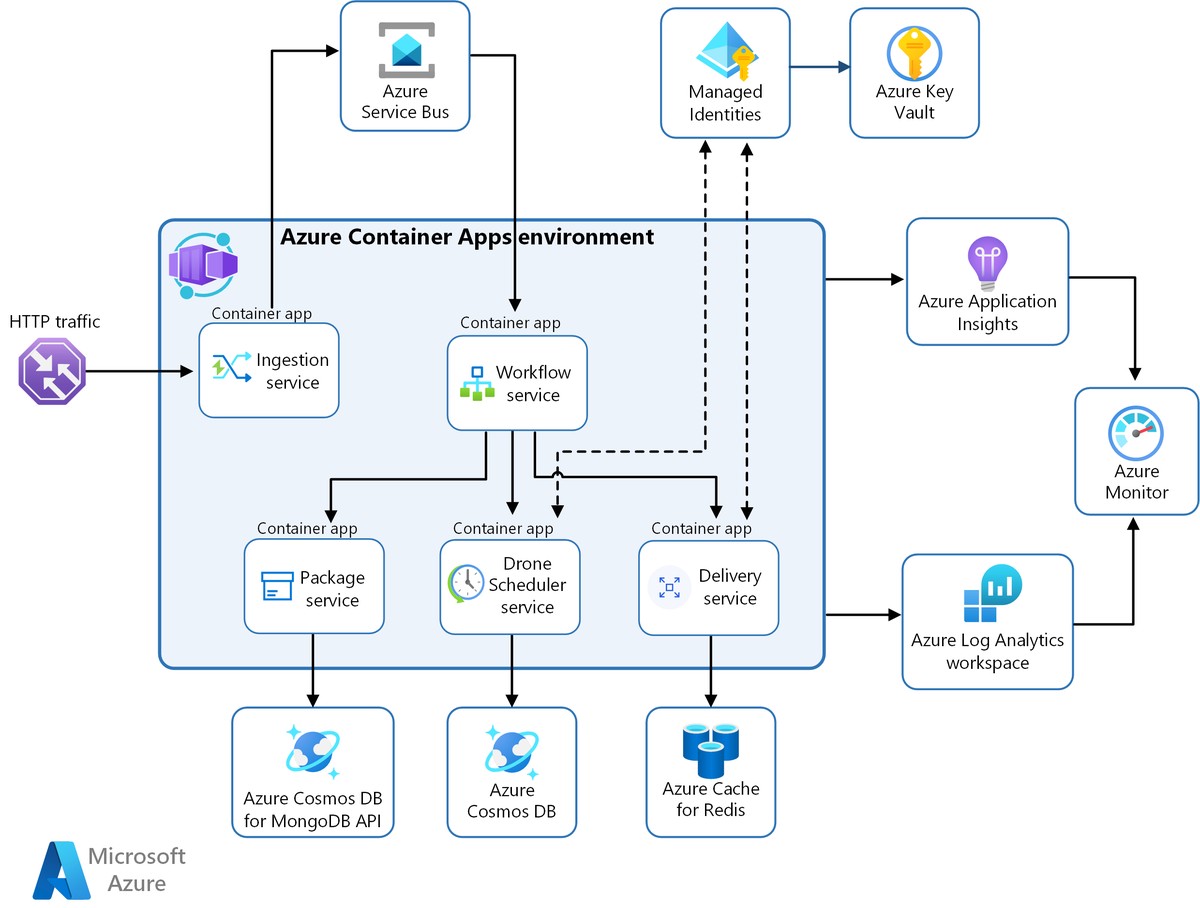

========================================================
In the world of quantitative trading, building robust and effective trading models requires a deep understanding of both quantitative techniques and fundamental analysis. While quantitative models are often driven by statistical patterns and historical data, incorporating fundamental analysis offers a more holistic view of the market. In this article, we’ll explore how to integrate fundamental analysis into quantitative models, discussing several approaches, comparing their advantages and disadvantages, and providing actionable insights on how to effectively use fundamental analysis in the quantitative trading framework.
What is Fundamental Analysis in Quantitative Trading?
Before delving into frameworks for integrating fundamental analysis into quantitative models, it’s essential to understand what fundamental analysis entails. This type of analysis involves evaluating the intrinsic value of a security by examining related economic, financial, and other qualitative and quantitative factors.
In quantitative trading, fundamental analysis can significantly enhance predictive accuracy by providing insights that go beyond mere historical price movements. Quantitative models traditionally focus on patterns in data, but by integrating fundamental metrics such as earnings reports, economic data, and corporate governance indicators, you can improve the predictive power and robustness of your models.
Frameworks for Integrating Fundamental Analysis in Quant Models
There are several approaches to combining fundamental analysis with quantitative models. Below are two primary methods often employed by professional quantitative analysts.
1. Factor Models with Fundamental Inputs
Factor models are one of the most common ways to incorporate fundamental analysis into quantitative trading strategies. These models typically rely on multiple factors—such as value, growth, profitability, and risk—which can be calculated using fundamental data.
Key Elements of Factor Models
- Value Factors: Metrics such as Price-to-Earnings (P/E) ratio, Price-to-Book (P/B) ratio, and Dividend Yield.
- Growth Factors: These include revenue growth, earnings per share (EPS) growth, and return on equity (ROE).
- Profitability Factors: These factors examine profitability metrics like operating margin, net margin, and return on assets (ROA).
- Risk Factors: Leverage ratios, debt-to-equity ratios, and volatility measures.
Pros of Factor Models:
- Provides a structured approach to integrating fundamental data.
- Can be backtested against historical performance.
- Allows for a broad range of factors to be incorporated for diversification.
Cons of Factor Models:
- Can become overly complex with too many factors.
- Requires a significant amount of data preprocessing to ensure data quality and consistency.
- There’s a risk of overfitting when using too many variables.
Real-world Application:
A common use case for factor models in quantitative trading is the multi-factor alpha model. By incorporating fundamental factors such as earnings growth, P/E ratios, and debt ratios, traders can identify undervalued or overvalued stocks that may not be immediately apparent through price trends alone.
2. Fundamental Data as Additional Variables in Machine Learning Models
Another approach to integrating fundamental analysis into quantitative models is by using fundamental data as input variables for machine learning (ML) models. This strategy involves feeding structured data such as financial statements, macroeconomic indicators, and company-specific metrics into ML algorithms such as random forests, neural networks, or support vector machines (SVM).
Steps to Implement:
- Data Collection: Collect financial data (income statements, balance sheets, etc.), economic indicators (interest rates, inflation rates), and company-specific metrics (CEO tenure, management quality).
- Feature Engineering: Convert fundamental data into features that can be fed into machine learning models. This can include ratios, growth rates, or sentiment analysis based on news and reports.
- Model Training: Train machine learning models with both historical price data and fundamental data to predict stock movements or asset returns.
Pros of Machine Learning Models:
- Machine learning models can uncover hidden patterns in fundamental data that traditional models may miss.
- The flexibility of ML models allows for complex, nonlinear relationships between fundamental factors and price movements.
- The ability to continuously improve models as more data becomes available.
Cons of Machine Learning Models:
- Machine learning models require large datasets and computing power to function effectively.
- The black-box nature of some ML models makes them harder to interpret, which could be a drawback in regulatory environments.
- It’s difficult to manually validate or explain model predictions.
Real-world Application:
One application of this approach is algorithmic trading systems that use ML to optimize trade execution, capital allocation, and risk management by considering fundamental metrics alongside traditional price-based signals.
Comparing the Approaches
When comparing factor models and machine learning models, both have distinct advantages and are suitable for different use cases in quantitative trading.
| Aspect | Factor Models | Machine Learning Models |
|---|---|---|
| Data Requirements | Lower (mostly fundamental metrics) | High (requires both fundamental and price data) |
| Model Complexity | Moderate (depends on the number of factors) | High (complexity increases with more variables) |
| Interpretability | High (easy to explain factor loadings) | Low (hard to explain model outputs) |
| Flexibility | Low (fixed factors, predefined structure) | High (models can adapt to complex, non-linear relationships) |
| Computing Resources | Low | High (especially for deep learning) |
Which Approach is Best?
The optimal approach depends on the type of strategy you want to implement and the resources available. Factor models are simpler, easier to interpret, and provide transparency, making them ideal for systematic trading strategies that require robustness and simplicity. Machine learning models, on the other hand, are more suitable for complex strategies that seek to capture intricate relationships in large datasets. However, they require significant computational resources and careful model evaluation.
How to Improve Quant Strategies with Fundamental Analysis
One of the critical benefits of using fundamental analysis in quantitative models is its potential to enhance trading strategies. Here are a few ways to improve your quant strategies by leveraging fundamental analysis:
- Incorporating Macroeconomic Data: Including macroeconomic factors such as GDP growth, inflation, and interest rates can help identify long-term trends and adjust models to reflect changes in the broader economy.
- Leveraging Sentiment Analysis: By analyzing corporate governance, news sentiment, and even social media data, traders can gauge market sentiment and adjust models accordingly. Sentiment data can be especially useful for predicting stock price movements during earnings seasons or periods of market uncertainty.
- Risk Management: Fundamental analysis can enhance risk management by identifying over-leveraged companies or sectors that are more susceptible to downturns. This can be particularly useful in tail-risk models that aim to mitigate large losses during market crashes.
Frequently Asked Questions (FAQ)
1. How can I use fundamental analysis in quantitative trading?
To use fundamental analysis in quantitative trading, start by incorporating fundamental factors like P/E ratio, earnings growth, and macroeconomic indicators into your models. This can be done either through factor models or by using these factors as input variables for machine learning models. Always ensure that the data you use is clean, relevant, and regularly updated.
2. Where can I find fundamental analysis data for quant strategies?
Fundamental analysis data can be found from a variety of sources, including financial data providers such as Bloomberg, Reuters, and Yahoo Finance. Additionally, many quant traders use Quandl, Alpha Vantage, or FRED (Federal Reserve Economic Data) for economic and financial indicators.
3. How does fundamental analysis impact quantitative models?
Fundamental analysis can provide a deeper understanding of the factors driving stock prices beyond historical price trends. By adding this layer of analysis, you can improve the accuracy of predictions, manage risks more effectively, and identify value or growth opportunities that may not be captured by purely technical models.
Conclusion
Integrating fundamental analysis into quantitative models is no longer optional but rather a necessity for creating comprehensive and powerful trading systems. Whether you choose to use factor models or machine learning techniques, the key is to continuously evolve your models and refine your strategies based on the latest data and research. By blending fundamental insights with quantitative rigor, traders can gain a competitive edge in an ever-evolving financial landscape.
If you found this article helpful, feel free to share it with your network. We’d love to hear your thoughts and experiences in the comments section below!